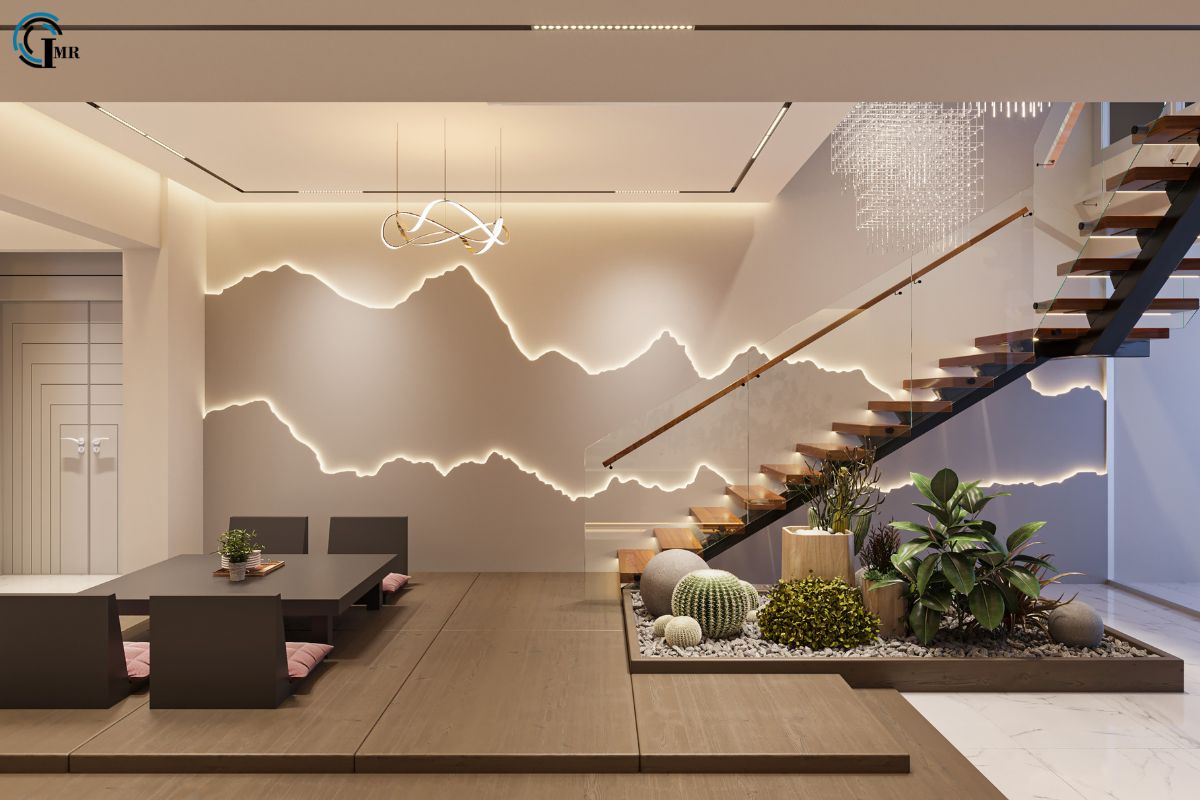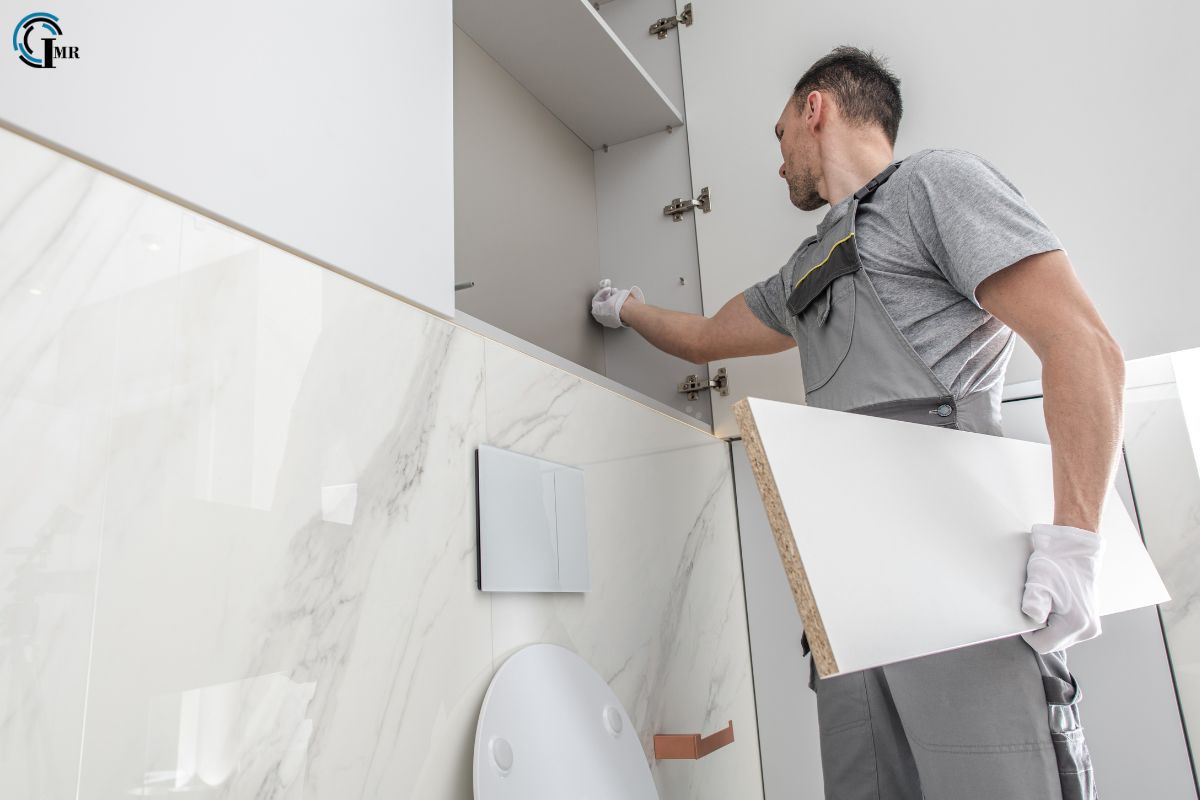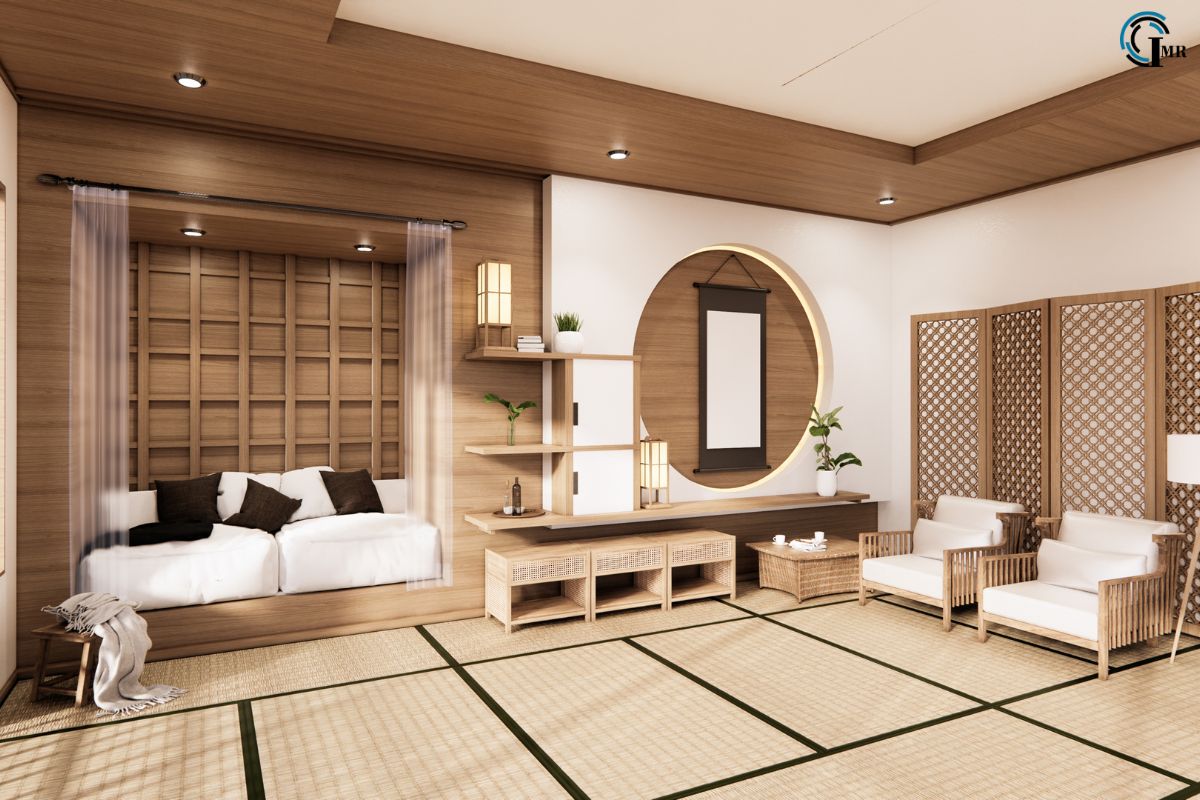What Is The Difference Between An Interior Designer And An Interior Decorator?

When embarking on a journey to transform a living space, understanding the distinction between an interior designer and an interior decorator is crucial. Both professionals play pivotal roles in the aesthetics and functionality of spaces, yet their expertise, training, and responsibilities differ significantly.
Interior Designer and an Interior Decorator delve into these differences, providing a comprehensive guide to help you decide which professional is best suited for your needs.
Defining Interior Design and an Interior Decoration
Interior Design
Interior design is a multifaceted profession that involves conceptual development, space planning, site inspections, programming, research, communication with stakeholders, project management, and execution of the design. Interior designers are responsible for creating environments that are not only aesthetically pleasing but also functional, safe, and compliant with building codes and regulations. They often work on a variety of projects, including residential, commercial, hospitality, and healthcare spaces.
Interior Decoration
Interior decoration, on the other hand, focuses primarily on the aesthetics of a space. It works with surface-level elements such as color schemes, furniture, fabrics, and accessories to enhance the visual appeal of an interior. Unlike interior designers, decorators do not typically engage in structural planning or modifications. Their main goal is to create a cohesive and visually pleasing environment based on the client’s preferences and style.
Educational Background and Qualifications for Interior Designer and an Interior Decorator
Interior Designers
Interior designers usually hold a degree in interior design or a related field. Their education encompasses a wide range of topics, including color theory, spatial arrangements, furniture design, architecture, and more. In addition to formal education, many interior designers also undergo apprenticeships or internships to gain practical experience. They are often required to pass a certification exam, such as the National Council for Interior Design Qualification (NCIDQ) exam in the United States, to practice professionally.
Interior Decorators
It does not require formal education or training to practice. However, many choose to pursue certifications or short courses to enhance their skills and credibility. These courses often cover topics like color theory, furniture styles, and space planning. While formal qualifications are not mandatory, a strong portfolio and a keen eye for design are essential for success in the field of interior decoration.
Scope of Work for an Interior Designer and an Interior Decorator

Interior Designers
The scope of work for interior designers is extensive and can include:
- Space Planning and Layout: Creating functional layouts that maximize the use of space while considering factors such as flow, accessibility, and safety.
- Design Concept Development: Developing a cohesive design concept that aligns with the client’s vision and needs.
- Material and Finish Selection: Choosing appropriate materials and finishes that meet the functional and aesthetic requirements of the space.
- Lighting Design: Designing lighting plans that enhance the functionality and ambiance of a space.
- Furniture and Fixture Design: Custom designing furniture and fixtures or selecting appropriate pieces that fit the design concept.
- Project Management: Overseeing the implementation of the design plan, coordinating with contractors, and ensuring the project stays on schedule and within budget.
Interior Decorators
The work is more focused on the aesthetic aspects of a space and typically includes:
- Color Scheme Selection: Choosing a color palette that reflects the client’s style and enhances the mood of the space.
- Furniture Selection and Placement: Select furniture pieces that complement the design concept and arrange them in a way that maximizes both aesthetics and functionality.
- Accessory and Artwork Selection: Curating accessories, artwork, and decor items that add personality and visual interest to the space.
- Textile Selection: Choosing fabrics for upholstery, curtains, and other soft furnishings that enhance the overall design.
- Styling: Adding the finishing touches to a space, such as arranging decor items and ensuring everything is perfectly placed.
Regulatory and Compliance Requirements for an Interior Designer and an Interior Decorator
Interior Designers
Interior designers must adhere to various building codes and regulations to ensure the safety and functionality of a space. This often involves:
- Understanding and Applying Building Codes: Ensuring designs comply with local building codes, fire regulations, and accessibility standards.
- Collaboration with Architects and Contractors: Working closely with other professionals to ensure the design is feasible and meets all regulatory requirements.
- Obtaining Permits: Securing necessary permits for structural changes and installations.
Interior Decorators
Interior decorators do not typically deal with structural changes or compliance issues. Their focus remains on the aesthetic enhancement of a space, which does not usually require adherence to building codes or the acquisition of permits.
Client Interaction and Project Management
Interior Designers
Interior designers often work on projects from conception to completion, involving significant client interaction and project management. They:
- Conduct Client Consultations: Understanding the client’s needs, preferences, and budget constraints.
- Develop Detailed Design Plans: Create comprehensive plans that outline every aspect of the design, from layout to materials and finishes.
- Coordinate with various stakeholders: Liaise with contractors, suppliers, and other professionals to ensure the smooth execution of the design.
- Manage Budgets and Timelines: Ensuring the project stays within budget and is completed on time.
Interior Decorators
Interior decorators typically have less extensive involvement in project management. Their client interaction often includes:
- Understanding Client Preferences: Conducting initial consultations to understand the client’s style, preferences, and budget.
- Creating Design Proposals: Developing design concepts and proposals for client approval.
- Sourcing Furniture and Decor: Selecting and sourcing furniture, decor, and accessories that fit the design concept.
- Styling and Final Touches: Executing the design plan by arranging furniture and decor, and adding final touches to the space.
Budget Considerations

Interior Designers
Hiring an interior designer is generally more expensive due to the extensive scope of work and the level of expertise involved. Costs can include:
- Design Fees: Fees for developing the design concept and plans.
- Project Management Fees: Charges for overseeing the project and coordinating with various stakeholders.
- Material and Labor Costs: Expenses for materials, furnishings, and labor required to implement the design.
Interior Decorators
Interior decorators are typically more affordable as their scope of work is limited to aesthetic enhancements. Costs can include:
- Consultation Fees: Fees for initial consultations and design proposals.
- Design Fees: Charges for creating the design concept and selecting decor items.
- Furniture and Decor Costs: Expenses for purchasing furniture, decor, and accessories.
Specializations and Areas of Focus for an Interior Designer and an Interior Decorator
Interior Designers
Interior designers may specialize in various areas, including:
- Residential Design: Creating functional and aesthetically pleasing living spaces, including homes and apartments.
- Commercial Design: Designing spaces for businesses, such as offices, retail stores, and restaurants.
- Hospitality Design: Developing designs for hotels, resorts, and other hospitality venues.
- Healthcare Design: Creating functional and safe environments for healthcare facilities, such as hospitals and clinics.
Interior Decorators
It often focuses on specific styles or types of spaces, such as:
- Residential Decoration: Enhancing the aesthetics of homes and apartments.
- Thematic Decoration: Specializing in specific styles, such as modern, traditional, or eclectic.
- Seasonal or Event Decoration: Designing spaces for special events, holidays, or seasons.
Career Path and Opportunities

Interior Designers
The career path for interior designers can include:
- Entry-Level Positions: Starting as junior designers or design assistants.
- Mid-Level Positions: Advancing to roles such as project managers or senior designers.
- Senior-Level Positions: Becoming lead designers or design directors.
- Entrepreneurial Opportunities: Starting their own design firms or consulting businesses.
Interior Decorators
Career opportunities for interior decorators can include:
- Freelance Decorating: Working independently on various projects.
- Employment with Design Firms: Joining interior design or decoration firms.
- Specialty Decorating Services: Offering services for specific events or styles.
- Retail and Showroom Work: Working with furniture stores or showrooms to create appealing displays.
Choosing Between an Interior Designer and an Interior Decorator
When deciding whether to hire an interior designer, consider the following factors:
- Scope of Project: If your project involves structural changes, space planning, or compliance with building codes, an interior designer is the right choice. It will suffice for surface-level aesthetic enhancements.
- Budget: Interior designers typically charge higher fees due to their extensive scope of work and expertise. If budget constraints are a concern, it may be a more cost-effective option.
- Expertise Required: Consider the level of expertise needed for your project. Interior designers bring a broad range of skills and knowledge, while it focus on aesthetic enhancements.
- Project Management Needs: If your project requires significant coordination and project management, an interior designer can provide comprehensive services. For smaller projects with less complexity, an interior decorator can handle the aesthetic aspects.
Collaboration Between an Interior Designer and an Interior Decorator
In many cases, interior designers work together to achieve the desired outcome for a project. Interior designers may handle the structural and functional aspects of a space, while its focus on the finishing touches. This collaboration ensures a cohesive and well-executed design that meets Interior Designer and Interior Decorator’s functional and aesthetic requirements.
Conclusion
Understanding the difference between an interior designer and an interior decorator is essential for making informed decisions about your interior projects. While both professionals contribute to the creation of beautiful and functional spaces, their roles, expertise, and responsibilities differ significantly. By considering the scope of your project, budget, and the level of expertise required, you can choose the right one.





Comments